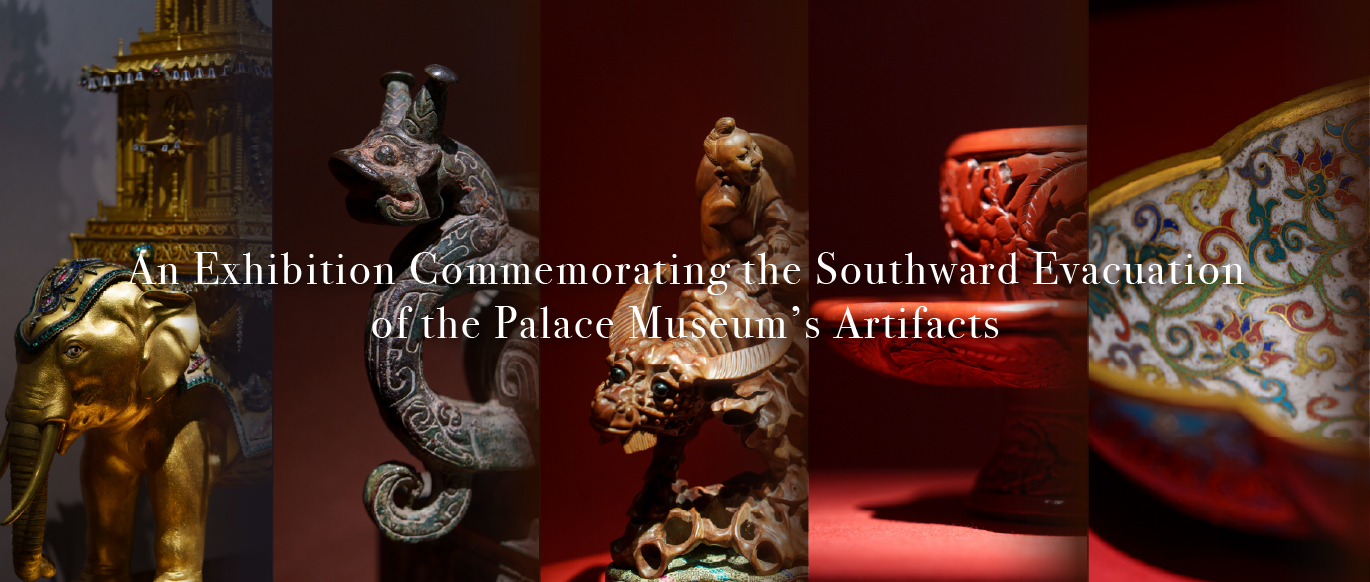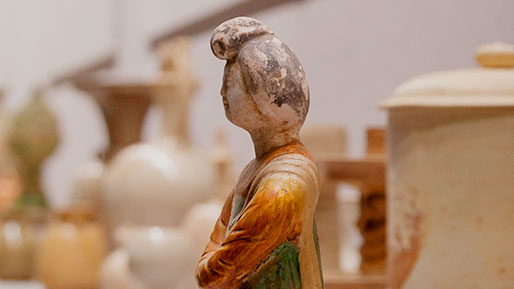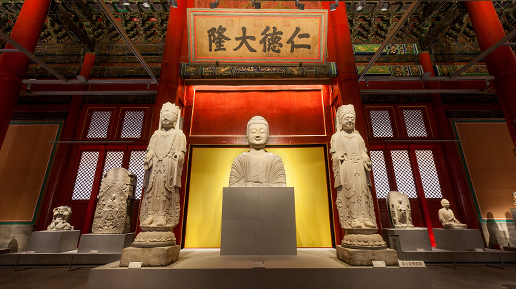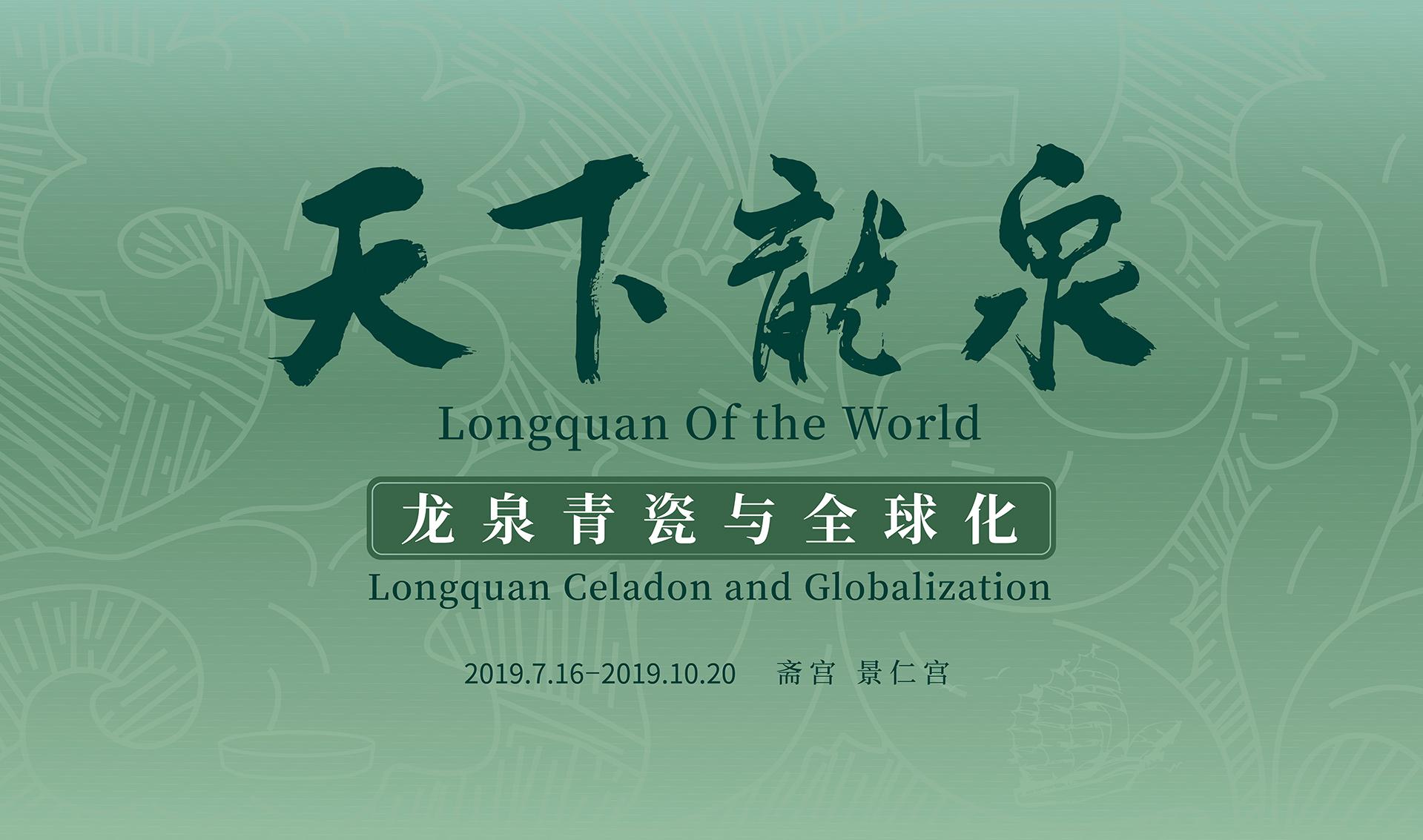
Introduction
Longquan celadon refers to ceramics produced at the largescale kilns of Longquan, Jincun, and other sites in Zhejiang Province as well as ceramics made according to the same techniques and styles at other kilns. Ceramics of this kind made during the Song (960–1279) , Yuan (1279–1368), and Ming (1368-1644) dynasties are the most well-known. Referred to as Chu ware (Chuqi) or Chu celadon (qing Chuqi) in Song and Yuan documents, the ceramics made at Longquan in Chuzhou were later called Longquan ceramics (Longquan ciqi) or Longquan celadon (Longquan qingci) by the late-Ming period.
Longquan celadon is a distinctly Chinese ceramic artform. Representing the glorious 3,000 year history of Chinese celadon, the kilns at Longquan were in operation throughout the Song, Yuan, and Ming dynasties and, as such, are recognized as boasting the longest duration of production of any celadon kiln site in the world. While producing ceramics for use in imperial courts, the kilns were also the source for a domestic market that extended throughout Chinese territory.
While originating in the kilns of China, Longquan celadon became a global ceramic art. These lustrous wares were one of the primary types of ceramics exported from dynastic China. From the twelfth to the fifteenth centuries, Longquan celadon came to represent the height of fashionable ceramics. Found both in royal courts and common dwellings throughout Asia, Africa, and Europe, the ceramics became a driving force in production trends around the world. In order to meet the demands of overseas markets, artisans at Longquan adopted a range of shapes and decorative elements. Meanwhile, kilns across Asia, North Africa, England, and other regions imitated Chinese Longquan techniques and styles.
General Secretary Xi Jinping has stated that civilization is marvelous because of communication and abundant due to mutual appreciation. This exhibition is a showcase of over 830 works (or sets) or Longquan celadon and imitations from forty-two museums and archaeological institutes around the world. While highlighting the global spread of this ceramic form, the exhibition presents international understandings of the artform while describing the history of the original production sites and historical trade. Longquan celadon has become a worldwide cultural symbol representing the maritime routes of the Silk Road and the clearest examples of exchange between historical civilizations. As a contemporary description of the art’s global status, the traditional firing technology of Longquan celadon was listed in 2009 as part of humanity’s most important intangible cultural heritage by the United Nations Educational, Scientific, and Cultural Organization.
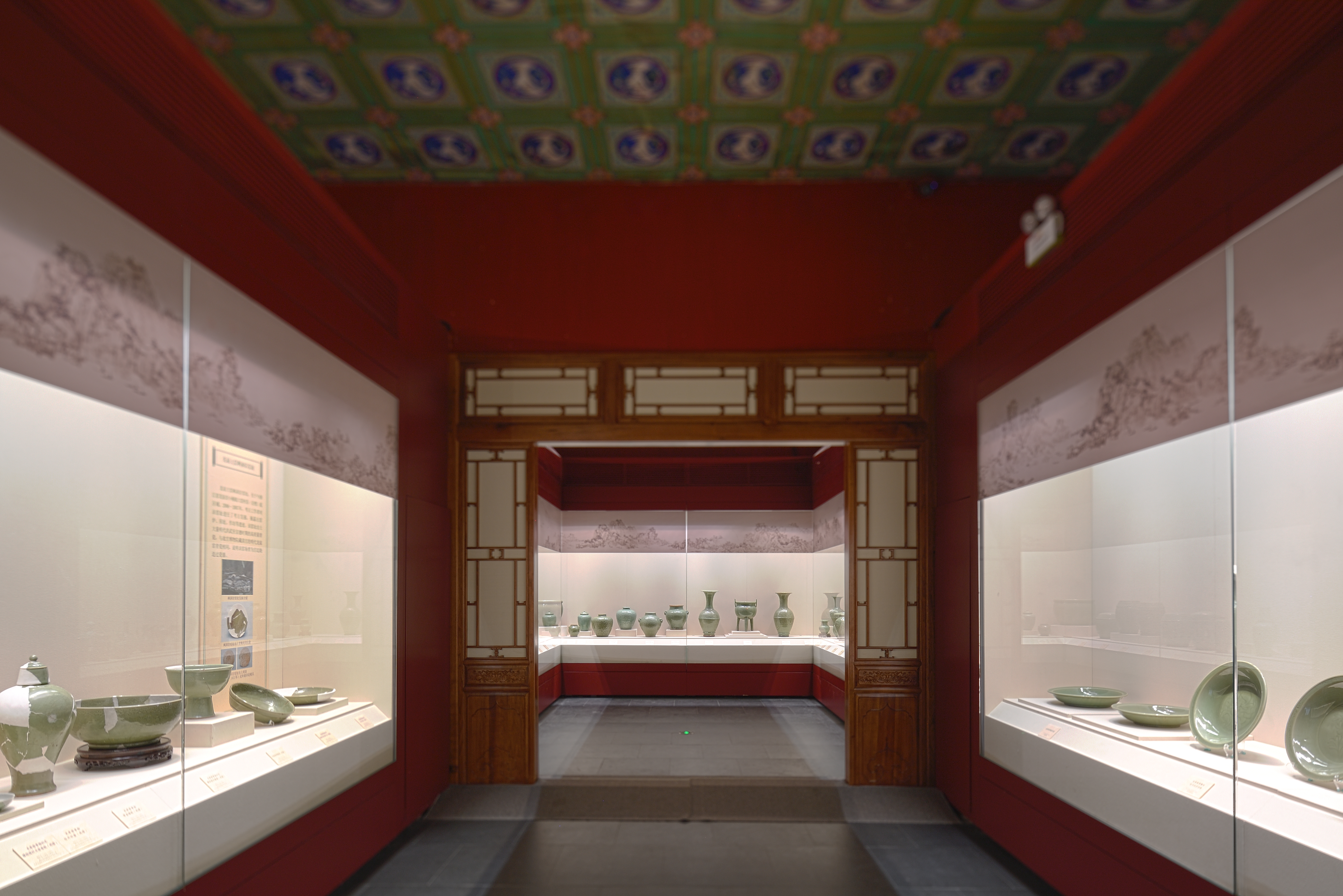
Section I: The History of Longquan Celadon
The kilns of the Longquan area have been in operation for over a millennium. Beginning with a foundation of techniques and styles of the Yue and Ou kilns, kilns of the area continuously incorporated northern approaches and, by the beginning to middle of the Northern Song dynasty (960–1127), had developed a distinct aesthetic; at that time, the production center became known as the Longquan kilns. Through the mid-Ming period, these kilns were the foremost of domestic Chinese celadon production for common and imperial use, but the site’s production eventually waned. In the late-Ming period, the Longquan kilns were influenced by celadon-glaze techniques developed at Jingdezhen, and the glazes were given a more translucent quality. Since the 1950s, Longquan celadon production has been reinvigorated with new technologies and scientific approaches.
Section II: Longquan Celadon: A Chinese Treasure
From the end of the Northern Song to the early-Ming, the kilns at Longquan served as a primary source for ceramics used by the imperial court, which issued orders with specified standards for vessels intended for national sacrificial rites or quotidian affairs. During the Yuan and Ming dynasties, the shapes and designs of Longquan celadon were similar to that of Jingdezhen—a phenomenon showing how the Longquan kilns remained under the supervision and management of the imperial court. When an imperial kiln was established at Longquan in the early-Ming, the palace’s technical expertise and artisanship spurred on the area’s production on a grand scale.
Section III: The Global Popularity of Longquan Celadon
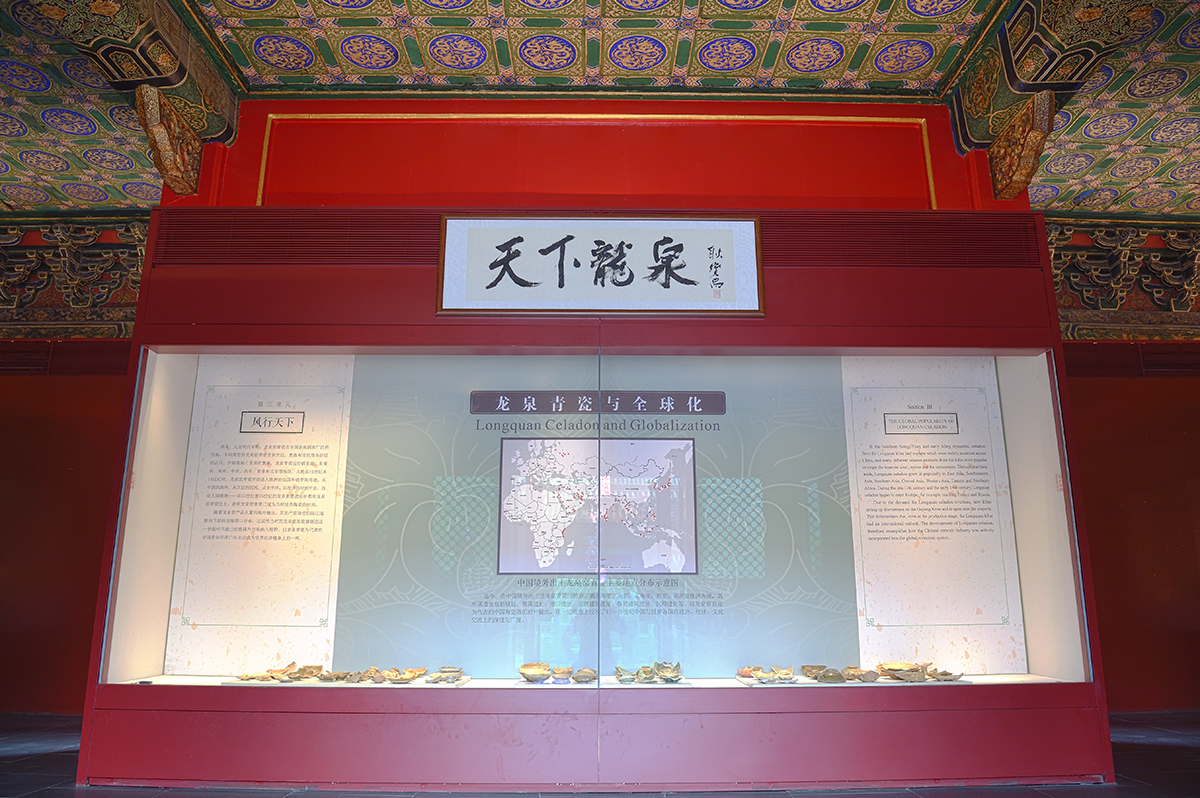
During the Southern Song (1127–1279), Yuan, and early-Ming periods, Longquan celadon was disseminated throughout China by a thriving domestic trade network. Various types of celadon from the Longquan kilns were highly regarded by the imperial family, nobility, and commoners alike. With flourishing maritime commerce, these ceramics were sold throughout Asia and East and North Africa and, around the end of the thirteenth century and into the early-fourteenth century, were seen in European countries such as France and Russia. Evidence of this intercontinental trade of the twelfth to fifteenth centuries is now found at archaeological sites in the Pacific and Indian Oceans, the deserts of Central and West Asia, and other regions. As Longquan celadon travelled down the Ou River and out into the open sea, Chinese ceramics came to represent China’s important role in the history of global trade.
Section IV: Echoes of Exchange
As Longquan celadon reached foreign ports, the artisans at Longquan innovated new designs to meet the demands of overseas markets; ceramics with these creative styles have been unearthed at archaeological sites around the country. The inspiration for some of these designs may have originated in foreign sources. The popularity of the ceramics also gave rise to imitations of Longquan celadon produced at kilns in China’s South as well as in Japan, Vietnam, Thailand, Myanmar, Iran, Syria, Turkey, Egypt, England, and other countries and regions. Enriching the significance of Longquan celadon, each of these production sites used their own traditional techniques while incorporating types, forms, patterns, and glaze-colors from Longquan. In these and other ways, the culture of Longquan celadon has been disseminated to such an extent that the artform is now a global phenomenon.
Conclusion
Throughout history, as people have pursued comfortable lifestyles and sought to understand the outside world, interpersonal exchange has never ceased. The Silk Road has served as a connecting pathway for groups of people in the East and West and in Asia, Europe, and Africa. As the primary trade routes of the Silk Road shifted from land to sea after the eighth century, commerce along well-trodden roads declined and maritime exchange along the coasts of Southeast and South Asia flourished. For millennia, the Silk Road has served as a passageway not only for goods from across the globe but also for the exchange of cultural knowledge and production technology, for international communication, and for academic discourse. Spurring on humanity’s shared development, the Silk Road enriched the lives of the people of the past.
Representing Chinese ceramics of the Song, Yuan, and Ming dynasties, Longquan celadon reached the height of fashion in China and on the global market. These wares also embody the technology and associated culture of Chinese ceramics, which became a standard for the production of imitations around the world. China’s export of ceramics was historically a major source of revenue and served to stimulate the division of labor throughout society and in various regions while also bringing together China’s ceramics and the global economy with Longquan celadon as one of the most important products traded internationally. China’s Longquan celadon, spread throughout the globe, lead the world in the development of ceramic production and cultural interchange and became an important element in early globalization and, as such, “Longquan of the World”.
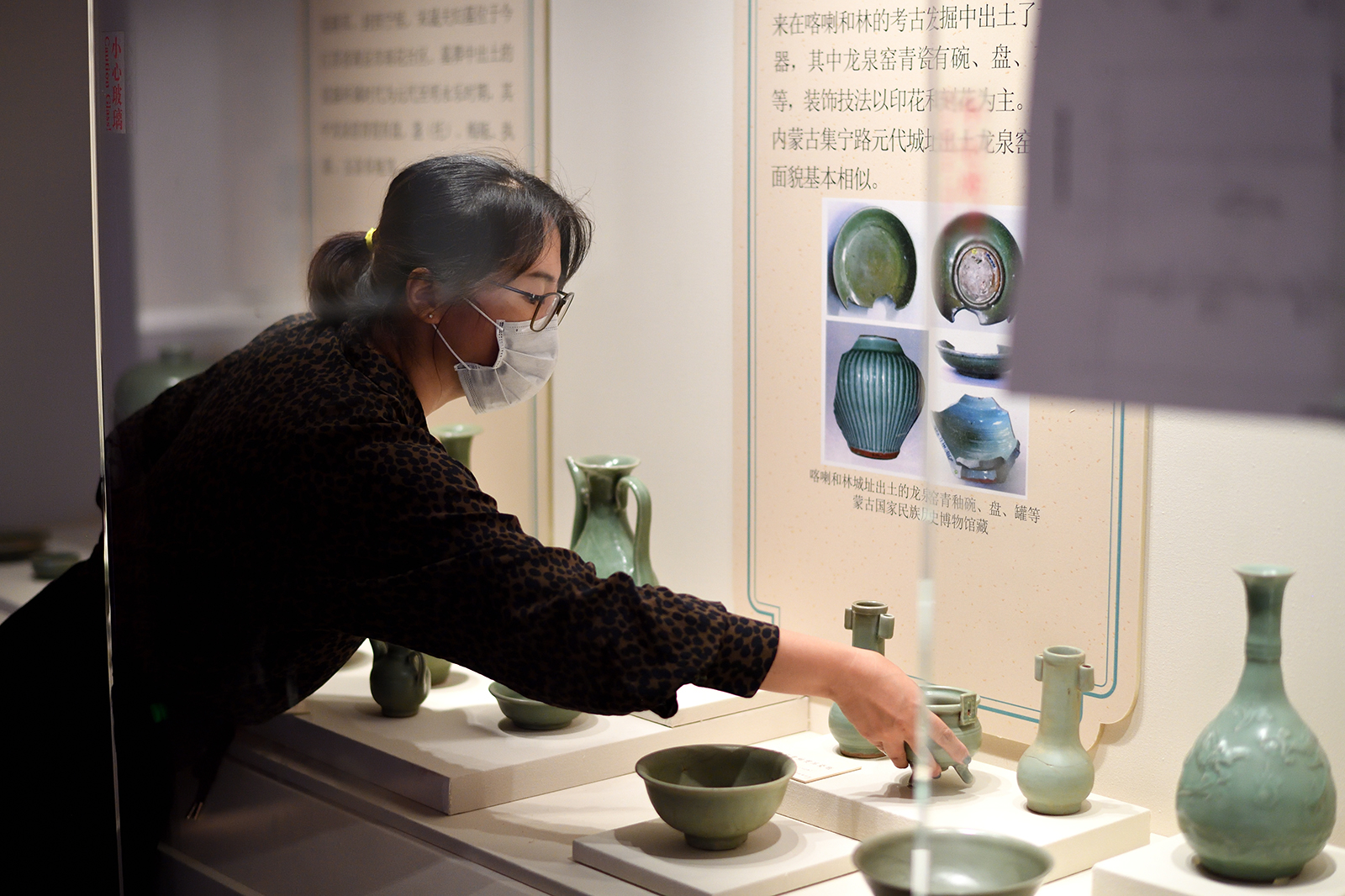
Translated and edited by Adam J. Ensign and Zhuang Ying





